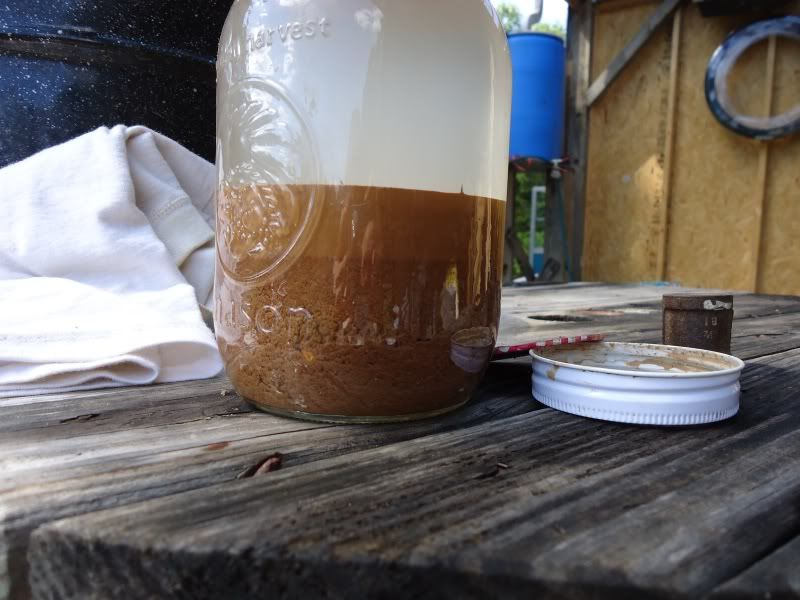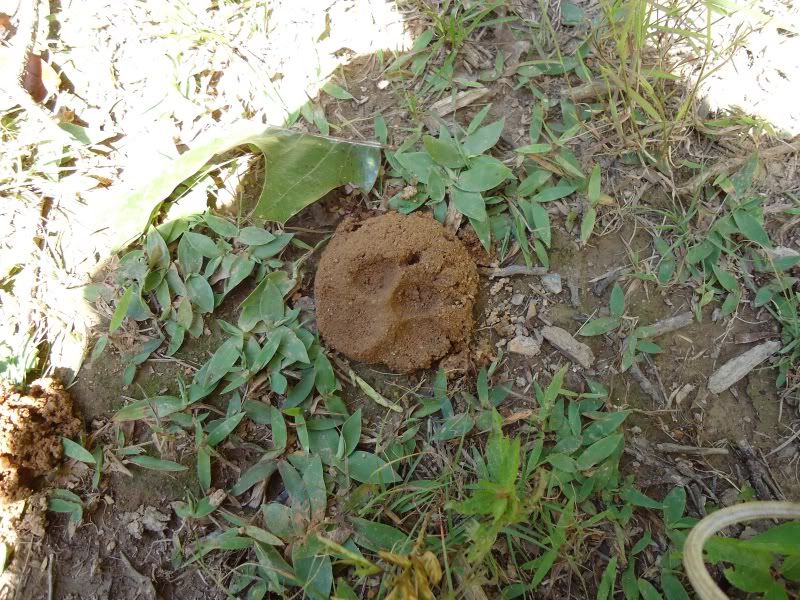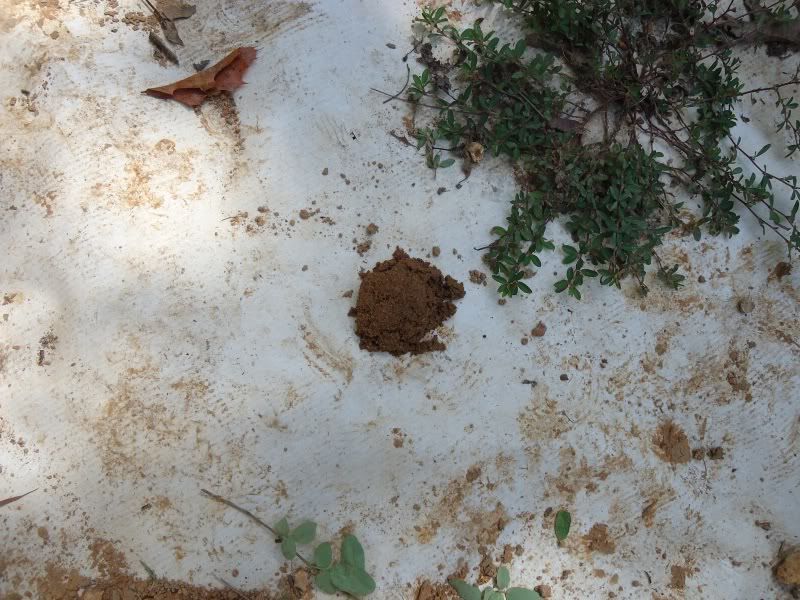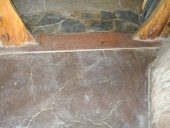





Buy Our Book! Food Web: Concept - Raising Food the Right Way. Learn make more food with less inputs
Off Grid Homesteading - latest updates and projects from our off grid homestead










Sometimes the answer is not to cross an old bridge, nor to burn it, but to build a better bridge.




Buy Our Book! Food Web: Concept - Raising Food the Right Way. Learn make more food with less inputs
Off Grid Homesteading - latest updates and projects from our off grid homestead





velacreations wrote:
thanks! it was super easy to make, too.













Buy Our Book! Food Web: Concept - Raising Food the Right Way. Learn make more food with less inputs
Off Grid Homesteading - latest updates and projects from our off grid homestead





 1
1




Buy Our Book! Food Web: Concept - Raising Food the Right Way. Learn make more food with less inputs
Off Grid Homesteading - latest updates and projects from our off grid homestead




Help support my homestead by checking out the "Health and Garden/ The Essential Herbal Magazine" on our blog: www.MissouriHerbs.com




Help support my homestead by checking out the "Health and Garden/ The Essential Herbal Magazine" on our blog: www.MissouriHerbs.com




Buy Our Book! Food Web: Concept - Raising Food the Right Way. Learn make more food with less inputs
Off Grid Homesteading - latest updates and projects from our off grid homestead




 . I definitely want a few thousand square feet of these blocks. If nobody sells them in BC I may have to buy a machine.
. I definitely want a few thousand square feet of these blocks. If nobody sells them in BC I may have to buy a machine.



Help support my homestead by checking out the "Health and Garden/ The Essential Herbal Magazine" on our blog: www.MissouriHerbs.com




Buy Our Book! Food Web: Concept - Raising Food the Right Way. Learn make more food with less inputs
Off Grid Homesteading - latest updates and projects from our off grid homestead




Help support my homestead by checking out the "Health and Garden/ The Essential Herbal Magazine" on our blog: www.MissouriHerbs.com




Buy Our Book! Food Web: Concept - Raising Food the Right Way. Learn make more food with less inputs
Off Grid Homesteading - latest updates and projects from our off grid homestead




Help support my homestead by checking out the "Health and Garden/ The Essential Herbal Magazine" on our blog: www.MissouriHerbs.com




Help support my homestead by checking out the "Health and Garden/ The Essential Herbal Magazine" on our blog: www.MissouriHerbs.com




Buy Our Book! Food Web: Concept - Raising Food the Right Way. Learn make more food with less inputs
Off Grid Homesteading - latest updates and projects from our off grid homestead




Help support my homestead by checking out the "Health and Garden/ The Essential Herbal Magazine" on our blog: www.MissouriHerbs.com







Help support my homestead by checking out the "Health and Garden/ The Essential Herbal Magazine" on our blog: www.MissouriHerbs.com
 1
1




Help support my homestead by checking out the "Health and Garden/ The Essential Herbal Magazine" on our blog: www.MissouriHerbs.com









|
A "dutch baby" is not a baby. But this tiny ad is baby sized:
The new purple deck of permaculture playing cards
https://www.kickstarter.com/projects/paulwheaton/garden-cards
|




